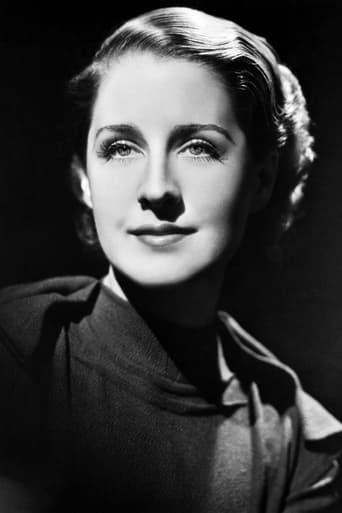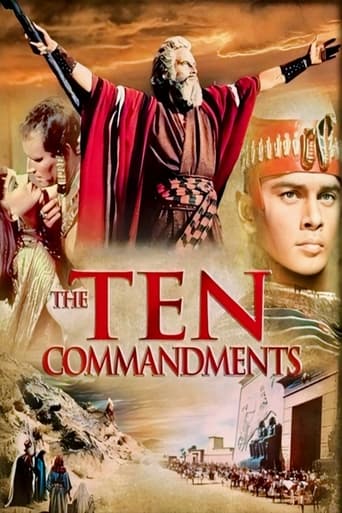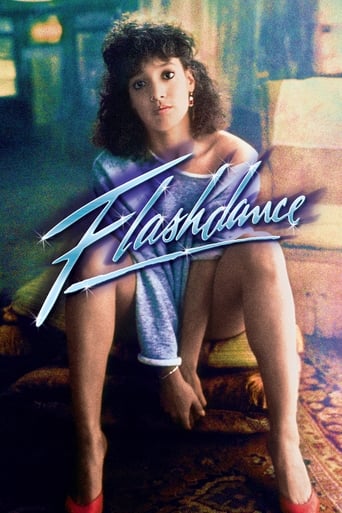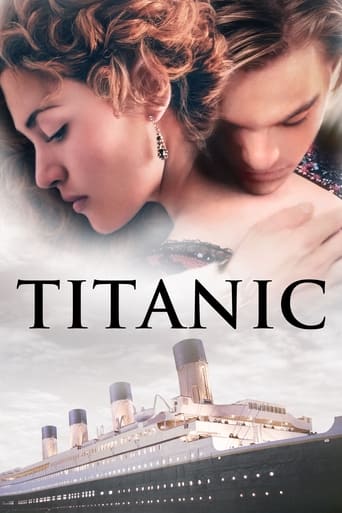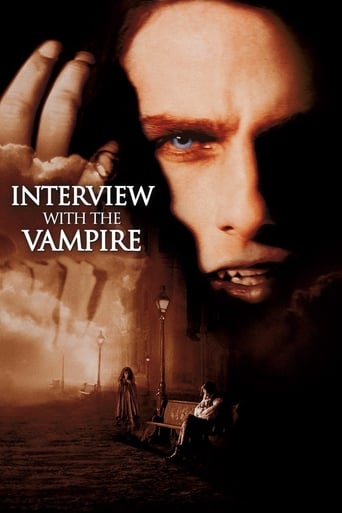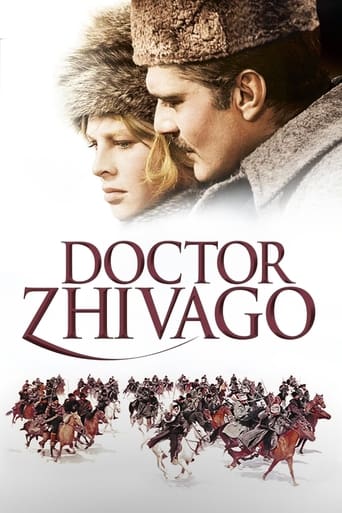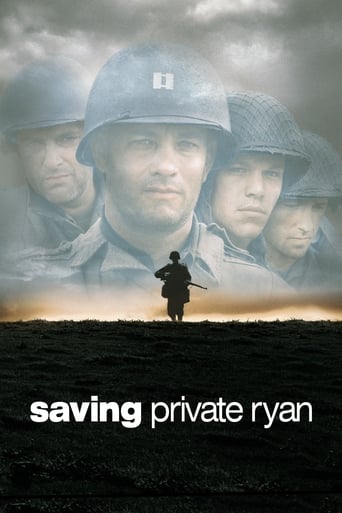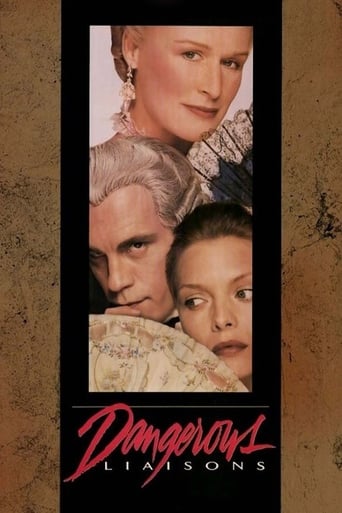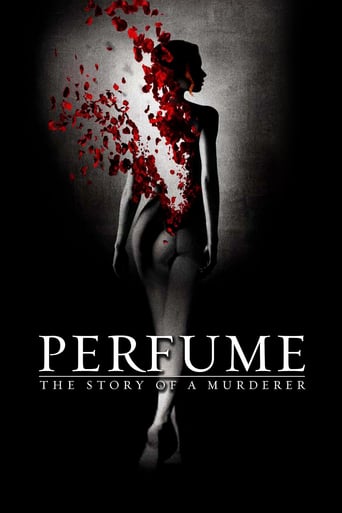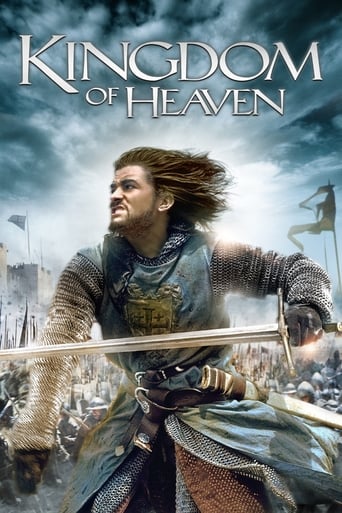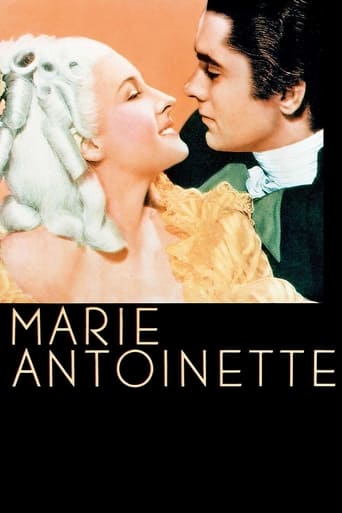
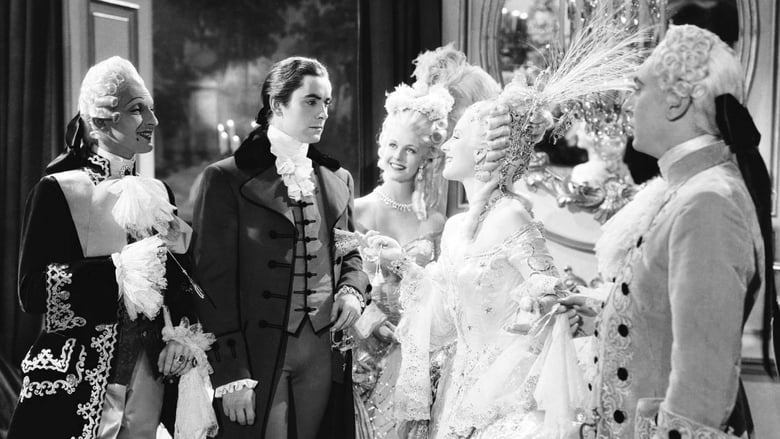
Marie Antoinette (1938)
The young Austrian princess Marie Antoinette is arranged to marry Louis XVI, future king of France, in a politically advantageous marriage for the rival countries. The opulent Marie indulges in various whims and flirtations. When Louis XV passes and Louis XVI ascends the French throne, his queen's extravagant lifestyle earns the hatred of the French people, who despise her Austrian heritage.
Watch Trailer
Cast


Similar titles
Reviews
Made directly after Irving Thalberg's death but arranged by him beforehand this was Norma's final solo showcase. A mixture of the loss of her behind the scenes champion, poor script judgment and her vanity which caused her to turn down possible career savers Mrs. Miniver and Old Acquaintance lead to her days as a top star coming to an end. She still had a few decent pictures in her future, most notably The Women, but this is the last of her big star vehicles and her final big success as the main star of a film.But this is certainly a grand way to end her time at the top. Norma does well in the lead her occasional lapses into grandiosity are well suited to a queen and don't get in the way of her characterization like they often did in several of her other films and her smaller moments are well played. Although this really should have been in color, the sets, wigs and costumes are almost impossibly lavish and are dazzling even in B&W. It's an enjoyable if questionably accurate historical account of Marie's rise and fall.Aside from Shearer Robert Morley gives a gem of a performance as the not terribly bright Louis XVI, never making him seem a simpleton just a gentle man unequal to the role thrust upon him by birth. There are a few other good performances from Gladys George as the cheap but flashily dressed Madame du Barry and Joseph Schildkraut as the queen's venal cousin. Tyrone Power is impossibly handsome but his part is really window dressing so he doesn't make much of an impression.Fine through they all are the film would be nothing without Norma. The title role requires someone whose well seasoned star power couldn't be overpowered by the sumptuous trappings and this is Norma's show straight down the line. Perhaps the one she was most suited to it's certainly one of her strongest performances. The film itself is a trifle overlong but for those who stick with it worthwhile entertainment.
The 1938 version of the story of the ill-fated queen of France boasts amazing aspects and not so good aspects as well. However,we must bear in mind that the film is loosely based on Stefan Zweig portrayal and that in 1938 every single reference that might be perceived as inappropriate had to be removed for the public decency. The good: -Norma Shearer as Marie Antoinette is simply perfect in every detail. It's a towering performance from one of the most talented actresses in old Hollywood, almost a tribute to Marie Antoinette. Without Shearer the film would have been almost unbearable to watch and we can clearly say that she carries on her shoulder the entire picture. - The film manages effortlessly to show the rise and fall of M.A. and the sudden change of her fortune from the opulent splendour of the court of Versailles to the frightening days of the French Revolution and how the revolutionaries were cruel with M.A.,depriving her of her only living son. That scene is one of the most moving scene ever put on a film. The not so good: - The script is somewhat full of holes. We never understand why and when M.A. changes from spoilt queen to devoted mother and courage woman. There's no explanation of her actions and many facts of her life are completely invented such as the issue of how the rivalry between M.A. and Du Barry turned, the supposed isolation decided by the King Louis XV and Du Barry for M.A. and the Douphin Louis, the decision of Louis XV to banish M.A. and abolish the marriage of M.A. and Louis because she mistreated his mistress, how the affair of the necklace began and evolved. Such are the most significant changes from the actual events. - The relationship between Fersen and M.A. is blown out of proportion, although for cinematic purpose. - The role of the Duke of Orleans is too forced since he never was in such intimacy with the Queen(for example in one beautiful scene they passionately kissed each other). The bad: - The dialogues are almost entirely inconceivable for the rigid etiquette of the french court and the hierarchy between the King and his relatives. Instead we see M.A. and Louis addressing to Louis XV with no reverence or submission. So is Du Barry who speaks to M.A. as she is nothing but a mere courtesan and with no tact and M.A. ,in the most awkward scene of the film, publicly speaks about her humble beginnings in front of the King and the court. - The supporting cast -exept Tyrone Power and John Barrymore- varies from useless to terribly miscast or perhaps bad conceived such as Robert Morley's King Louis XVI as a totally imbecile which is quite annoying.
Marie Antoinette, born in 1755, a daughter of Austrian empress Maria Theresa, was 15 years old when she was told by her mother that she was to be betrothed to the French heir to the throne, the future Louis XVI. Maria Theresa's ultimate reason was to secure strategically the Austrian-French alliance in balance of power Europe. Marie was of course excited in a little girl sort of way. She was to leave home forever and travel to France with a small entourage (1770). The first meeting with Louis XVI was awkward, to say the least ("I like to be alone."). The king, although well-meaning and moral, was dull, fat and introverted; he was far too awkward to preside over a worldly-wise royal court. His main interest was in clock making and repairing. In fact, it was said that the marriage with Marie Antoinette was not consummated for quite a few years.The French court at Versailles was flamboyant, to say the least. There were gilded furniture, expensive paintings, and many amusements. (The movie itself is of lavish scope and sets.) Minuets were danced and childish games were played. The men were dandies: they had perfumed wigs, ruffled shirt cuffs, silk stockings and knee breeches (culottes). The women used heavy makeup, powdered their cheeks, wore jewelry, and had grand wigs and huge gowns that barely could cross an open doorway. Oh, their attire is something to behold! There certainly was no lack of intrigue and back-stabbing. In such a degenerate atmosphere the naïve Marie Antoinette was seduced; over time, Marie became known for her extravagance. France was really a rich country, but the good life was not shared. The French populace demanded attention to their wants; they were hungry and wore rags. They grumbled over the high taxes need to run the government, especially the court. Relief was not forthcoming for a variety of good reasons. After a series of scandals and odd events, especially the startling "Affair of the Diamond Necklace" (1785, see additional information below), the royal family's situation was doomed. On 14 July 1789 the fall of the Bastille to the uncouth and unwashed people began the two-year process whereby the king's power was first reduced then revoked entirely. Had he been smarter and sophisticated, the king may have been able to broker a deal that would have made him a constitutional monarch (instead of an absolute one). The people's leaders ran the courts, and they were none-too-merciful. The royal family was moved from the Palace of Versailles to the Tuileries Palace in Paris (1789). But after the royal family's failed escape (June 1791), they were housed in a Paris prison known as the Temple. First the king was stripped of his power, and then the queen's son was taken from her (he would mysteriously die in 1795 although his sister did live a long time). The last royal dinner in prison consisted of onion soup and bread; and the entire scene was heartbreaking. It occurred the night before the king's execution. First the king, then the queen, was guillotined (in 1793, about nine months apart); both did actually go to their deaths bravely. Count Axel Fersen survived and went back to Sweden; his end would come in 1810.Norma Shearer sympathetically portrays Marie Antoinette, and Robert Morley does the same for Louis XVI. The gorgeous Anita Louise plays the Princess de Lamballe, who, loyal to the royal family to the end, dies cruelly at the hands of a mob. Tyrone Power, Count Axel Fersen, was the loyal lover to the end who unsuccessfully engineers the escape of the royal family. John Barrymore portrays the unpopular and unlikeable Louis XV, who has the famous quote: "After me, the deluge." Joseph Schildkraut is the Duke of Orleans, an untrustworthy and ambitious radical who is in a powdered wig and heavy make-up. Gladys George is Madame du Barry, a putty-headed mistress who was later guillotined for treason (her inglorious end is not covered in the movie). Like other court mistresses she had no foresight to understand that her days were numbered once her king and benefactor died. BONUS INFORMATION ABOUT THE AFFAIR OF THE DIAMOND NECKLACE (an historical fact): The discredited adventuress, Countess de La Motte, duped Louis Cardinal de Rohan into believing he would regain his long lost court favor with Marie Antoinette if he would broker a deal for an extremely valuable necklace worth 1.6 million livres (originally intended for Louis XV's mistress, Madame du Barry). Mme. La Motte and her accomplices then engineered a sham correspondence between de Rohan and the queen. Mme. La Motte forged letters from the queen to Rohan attesting to her interest in the necklace. There was even a brief, sham meeting in the Gardens of Versailles between de Rohan and a woman impersonating the queen (the impersonator was really a prostitute). When de Rohan did obtain the necklace from the jeweler, he turned it over to Mme. La Motte. Her husband then took it to London where it was broken down and sold. The scandal became public when de Rohan, left on his own, could not make the payments on the necklace. De Rohan was acquitted of larceny although he lost his position in court. Mme. La Motte was found guilty and imprisoned, but later escaped. Unfortunately, as the affair came at a critical time in the reign of Louis XVI, Marie Antoinette was unjustly implicated by the French public. When the verdict of Rohan's acquittal was announced in the packed Paris Opera House in the presence of the queen, the crowds cheered as Marie Antoinette left in dismay (1786). Never again would she regain a semblance of public favor.
I have always found Ms. Shearer to be a much finer actress than joan crawford. Crawford was an OK actress, but Norma was obviously better. In her myriad of roles from "Marie Antoinette" to Mary in "The Women", it simply shows.Crawford grew desperate for good roles in her later years, and it was only through the pity shown her by the studios that she got any job at all. Her role in "The Women" showed her as she truly was, pitiful, grasping at straws, desperate in her life.I believe it was Bette Davis who remarked that "of course she was popular in Hollywood. She slept with every male except Lassie!"


